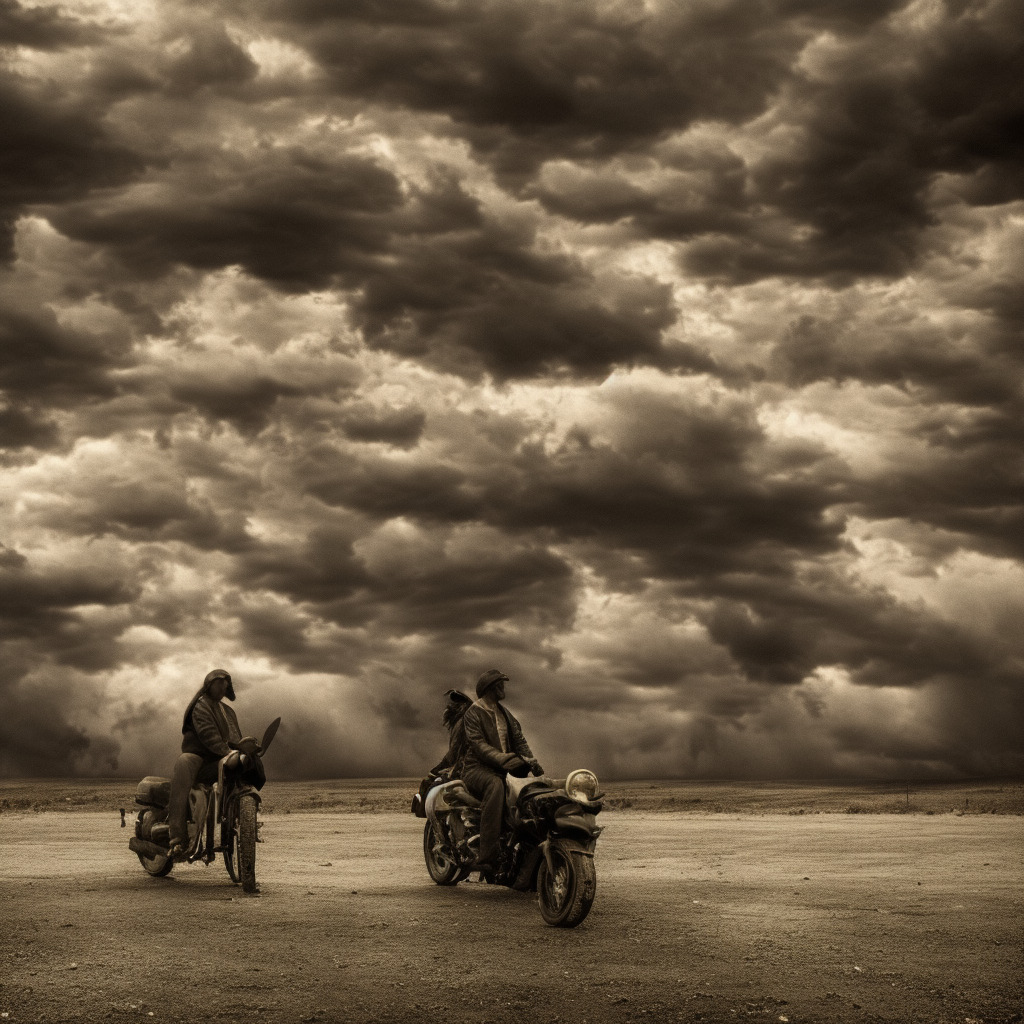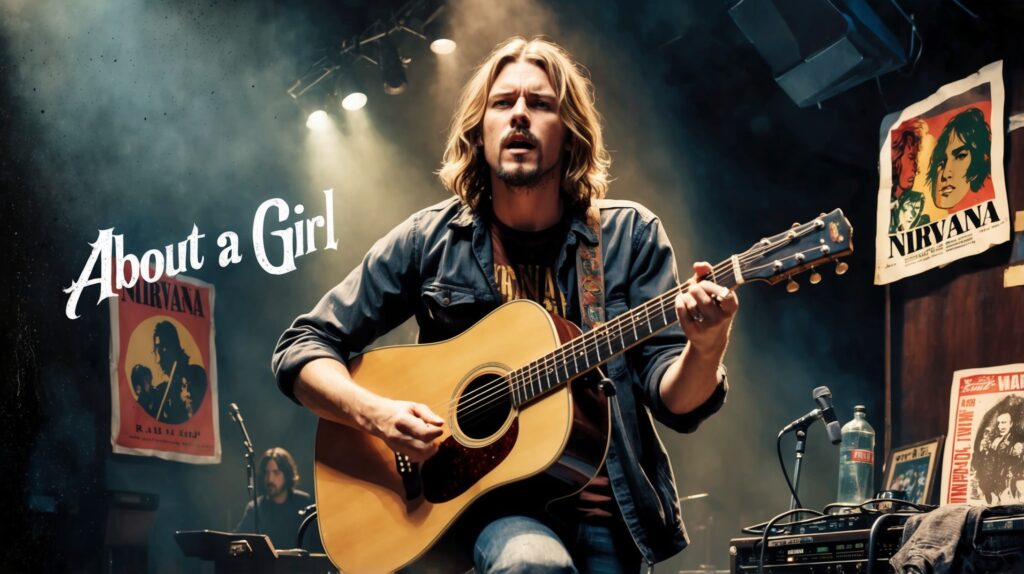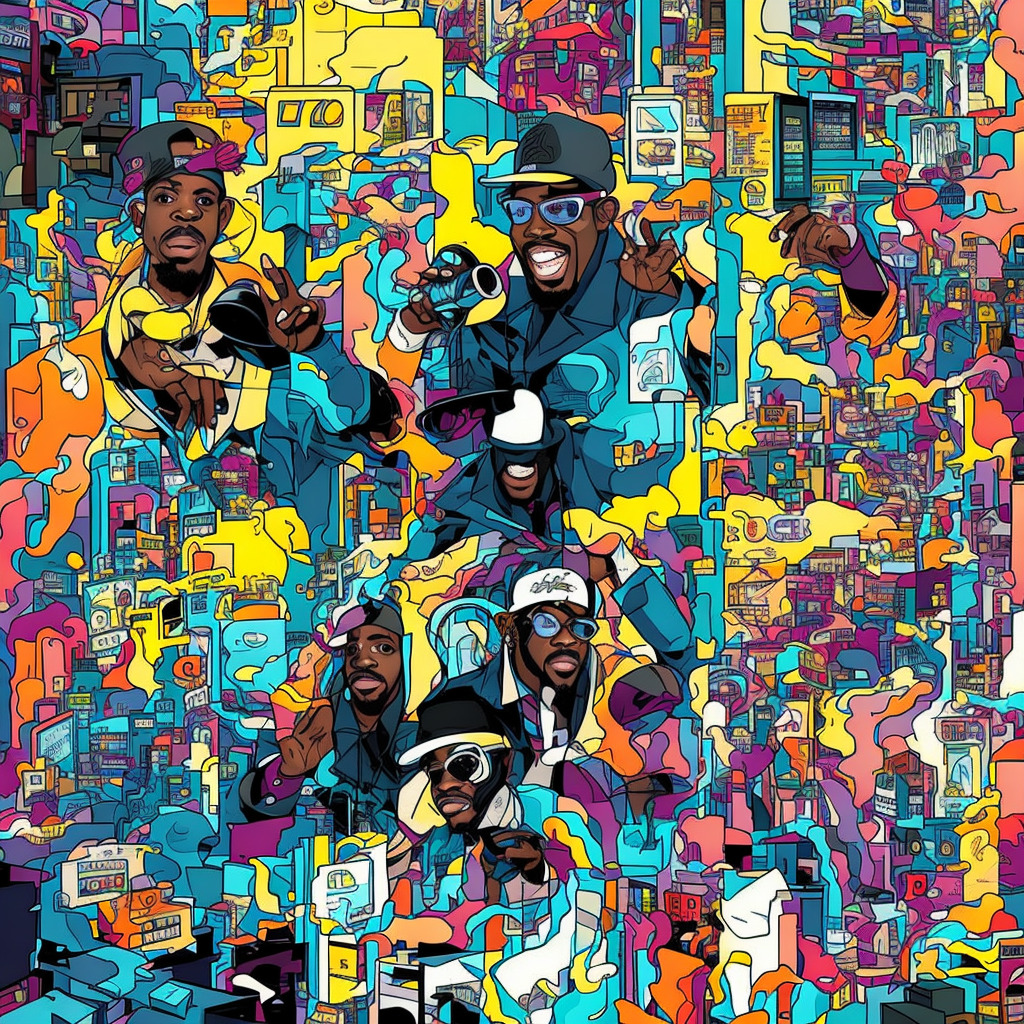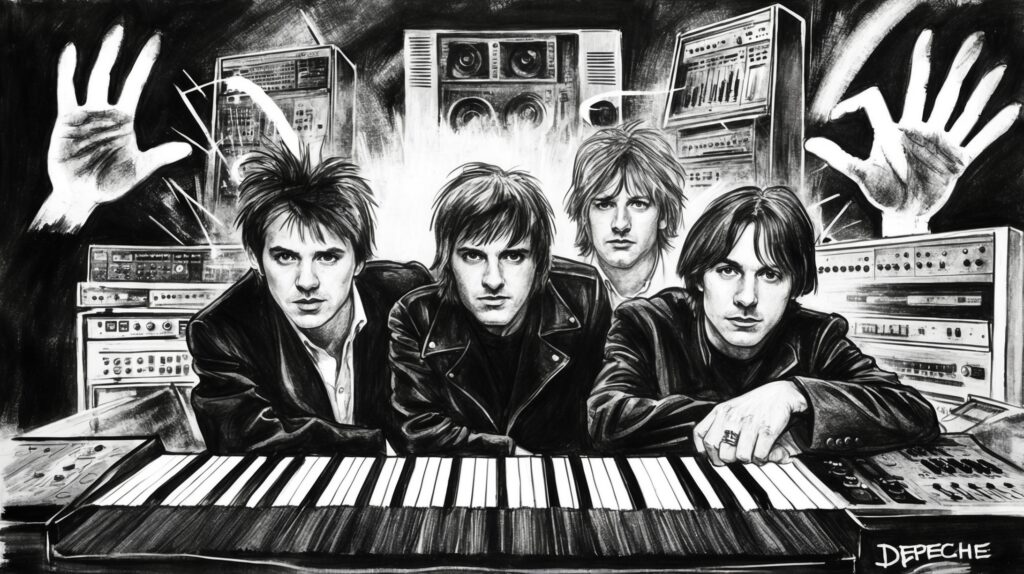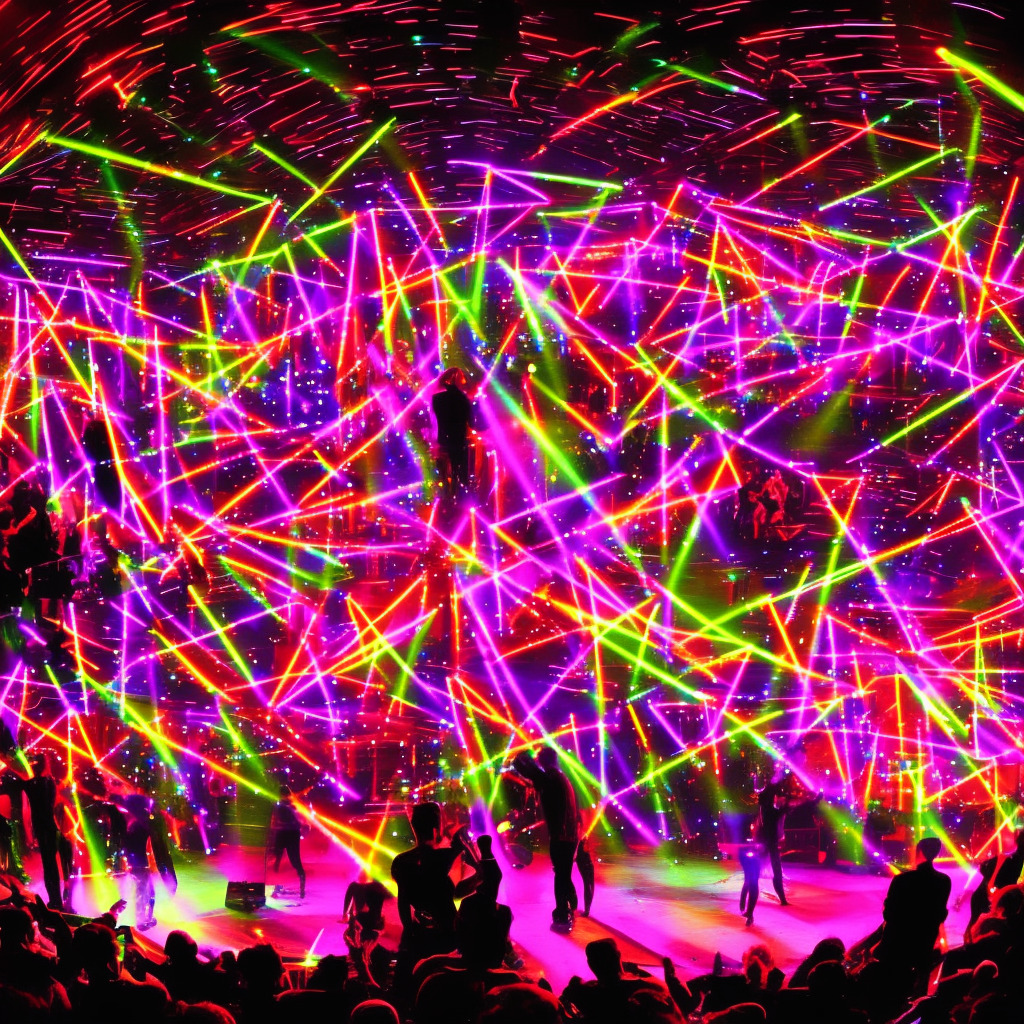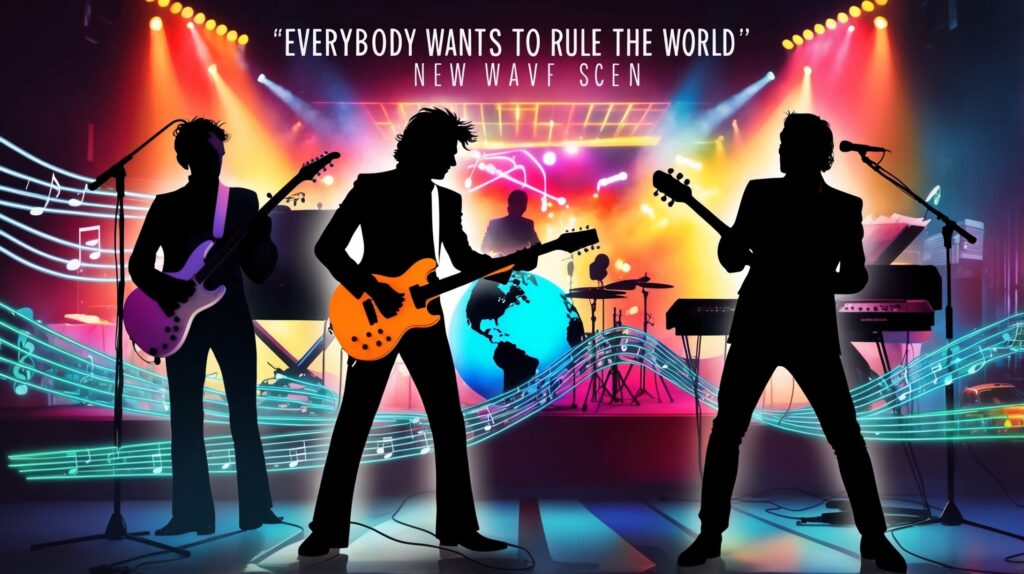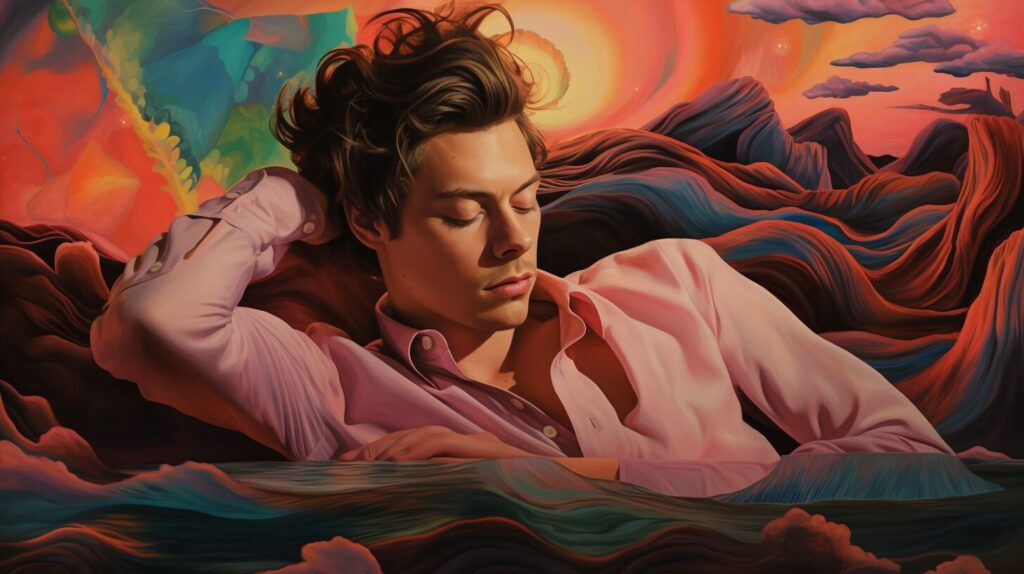🌩️ Did you know that “Riders On The Storm” was #TheDoors’ last track with Jim Morrison? This haunting anthem captures the essence of a stormy road trip! 🚘⛈️ Turn it up and ride along! 🎶 #FunFact #ClassicRock #JimMorrison #MusicTrivia Read about it: tinyurl.com/nhd4k2f3
Unraveling the Mystique behind The Doors
Dive into the enigmatic world of The Doors as we explore their historical impact, controversial persona, and timeless influence on the rock music landscape.
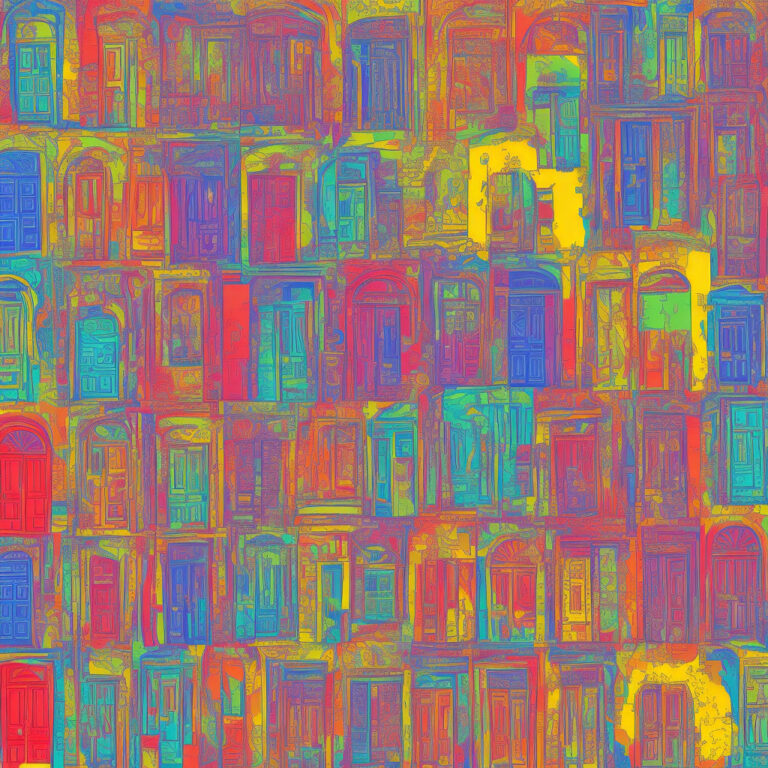
The Doors, a legendary American rock band that emerged from the sun-drenched streets of Los Angeles, California in 1965, made a lasting impact on the music scene with their unique fusion of rock, blues, and psychedelic sounds. The band members included Jim Morrison (vocals), Ray Manzarek (keyboards), Robby Krieger (guitar), and John Densmore (drums). The Doors’ enigmatic persona was largely attributed to their enigmatic and charismatic frontman, Jim Morrison, whose provocative lyrics and unpredictable stage presence captivated fans and critics alike.
One of the most noteworthy songs by The Doors, “Riders On The Storm,” is a brilliant example of the band’s creative prowess and their ability to tap into the darker recesses of the human experience. Released as a single in 1971, the song came to life on their final album with Morrison, “L.A. Woman.” “Riders On The Storm” is recognized for its haunting melody, ethereal sound effects that mimic rain and thunder, and Morrison’s distinct and evocative vocals. The song’s chilling narrative unravels a tale of a hitchhiker turned murderer, a theme that resonated with the tumultuous socio-political landscape of the time.
The Doors, though widely celebrated for their inventive sound and poetic lyricism, were not without their share of controversy. In particular, Morrison’s unpredictable and sometimes dangerous behavior on and off stage garnered a fair amount of negative attention. Critics have claimed that this dark side of the band, especially Morrison’s alcohol and drug use, may have overshadowed their contributions to music history. Nevertheless, The Doors have left an indelible mark on the rock ‘n’ roll world, securing their position as trailblazers and icons of the genre.
Over the years, The Doors have received numerous accolades, cementing their status as a cornerstone of rock music. The band was inducted into the Rock and Roll Hall of Fame in 1993, and received a star on the Hollywood Walk of Fame in 2007. Their music continues to influence new generations, as seen by the numerous covers and reinterpretations of their songs by contemporary artists. Songs like “Light My Fire,” “Break On Through (To the Other Side),” and, of course, “Riders On The Storm” remain staples in the playlists of classic rock enthusiasts, serving as a testament to the lasting power of The Doors and their musical legacy.
Charting the Storm
“Riders on the Storm” – The Doors’ haunting hit that stormed the charts in ’71, now transcending generations with over 330 million Spotify streams.

Released on June 21, 1971, “Riders On The Storm” quickly captivated audiences with its haunting melody and atmospheric lyrics. As a single from The Doors’ sixth and final studio album, L.A. Woman, the track’s chart success is nothing to be scoffed at.
Upon its initial release, “Riders On The Storm” entered the Billboard Hot 100, the premier chart for ranking the most popular songs in the United States, at position #84 on July 3, 1971. The song steadily gained momentum, showcasing the band’s undeniable staying power.
After climbing the charts, the song ultimately peaked at an impressive #14 on the Hot 100 on August 21, 1971, spending a total of 11 weeks on the chart. This achievement wasn’t limited to the United States – “Riders On The Storm” also found success across the pond. In the UK, it peaked at #22 on the official UK Singles Chart, further solidifying the band’s global appeal.
It’s essential to note that “Riders On The Storm” was competing with other heavy-hitters during its chart run. For instance, during the week it peaked at #14 on the Hot 100, the #1 spot belonged to The Bee Gees’ “How Can You Mend a Broken Heart.” The fact that The Doors managed to secure a top 15 position amidst such strong competition is a testament to the song’s enduring impact.
Over the years, “Riders On The Storm” has been featured in multiple music charts, including the Dutch Top 40, German Media Control Charts, and French SNEP Singles Chart. Its chart performance, along with its timeless appeal, has helped it transcend generations and maintain a solid fan base, even in the digital era.
Case in point: the song can now boast over 330 million streams on Spotify, highlighting how “Riders On The Storm” has successfully adapted to shifting musical landscapes and remains a beloved classic, even 50 years after its initial release.
Decoding the Stormy Lyrics
Riders on the storm
Riders on the storm
Into this house we’re born
Into this world we’re thrown
Like a dog without a bone
An actor out on loan
Riders on the storm
There’s a killer on the road
His brain is squirmin’ like a toad
Take a long holiday
Let your children play
If ya give this man a ride
Sweet family will die
Killer on the road, yeah
Girl, ya gotta love your man
Girl, ya gotta love your man
Take him by the hand
Make him understand
The world on you depends
Our life will never end
Gotta love your man, yeah
The lyrics of “Riders on the Storm” by The Doors hold a profound meaning that reflects the spirit of the era it was written in. Released in 1971, the song captures a sense of uncertainty and disorientation that characterized the late 60s and early 70s. The Vietnam War, political assassinations, and social unrest were all major events that shaped the collective consciousness of the time.
The opening lines, “Into this house we’re born, Into this world we’re thrown”, present the idea of life as something that individuals are thrust into – a feeling that resonates with the uncertainty and chaos of the era. The comparison of humans to “a dog without a bone, An actor out on loan” further emphasizes the sense of vulnerability and aimlessness that many people experienced during this time.
Meanwhile, the killer on the road, with “his brain squirmin’ like a toad”, can be interpreted as a metaphor for the dangers and potential violence that lurked in society, urging listeners to be cautious and protect their families by avoiding potential threats. This stanza reflects the unease and paranoia that pervaded the era, as people tried to navigate the turbulent times.
Lastly, the lines “Girl, ya gotta love your man…The world on you depends, Our life will never end” emphasize the importance of love and unity in the face of adversity. This message encourages listeners to cherish and support their loved ones, as they rely on each other for strength and stability in a world that often felt unpredictable and dangerous.
Overall, the lyrics of “Riders on the Storm” capture the essence of the tumultuous times during which it was created, offering insight into the collective psyche of that era and resonating with listeners even today.
A Stormy Visual Journey: The Doors’ “Riders On The Storm” Imagery
Fan-made visual odysseys keep The Doors’ timeless “Riders On The Storm” alive, showcasing the song’s enduring impact and atmospheric mystique.
Although “Riders On The Storm” was released in 1971, an official music video for the iconic track was never created. Despite this, the song’s legacy has lived on, inspiring countless fan-made creations and visual interpretations of its haunting lyrics and moody atmosphere.
One standout fan-created video, which has amassed over 96 million views on YouTube, takes a unique approach to the song’s essence. This atmospheric video, posted by YouTube user “215Days,” features a vintage car driving through a rainy, foggy landscape. The video’s creator uses clever video editing techniques to simulate the appearance of raindrops falling on the windshield, perfectly capturing the song’s eerie ambiance.
Similarly, another fan-created video by YouTube user “Daniel Beard” intersperses footage of The Doors performing live with clips from the 1991 film “The Doors,” directed by Oliver Stone, which chronicles the life of lead singer Jim Morrison. This video serves as a tribute to both the legendary song and the band’s charismatic frontman, showcasing memorable moments from their storied career.
In an interesting turn of events, electronic rock duo Infected Mushroom created their own rendition of “Riders On The Storm” and released an animated music video to accompany it in 2007. Directed by Anthony S. Parkhurst, the video features a psychedelic, computer-generated journey through a stormy world inhabited by fantastical creatures. While not an official video for the original song, this reimagining of “Riders On The Storm” has garnered a significant following in its own right, proving the song’s enduring impact on musicians and fans alike.
In lieu of an official video, these fan-made visual tributes and alternative interpretations have kept “Riders On The Storm” alive and well in the world of digital media. Each video showcases a unique take on the song’s themes, allowing viewers to engage with the classic track in a whole new light. Despite the absence of a traditional music video, the imagery and atmosphere conjured by the song continue to captivate audiences worldwide, solidifying “Riders On The Storm” as a true classic within the annals of rock history.
The Creative Mind Behind “Riders On The Storm”
Diving deeper into the world of The Doors, it’s crucial to highlight the musical genius of their keyboardist, Ray Manzarek. Born Raymond Daniel Manczarek Jr. on February 12, 1939, in Chicago, Illinois, Ray played a significant role in composing some of the band’s most iconic songs. Apart from the hauntingly beautiful “Riders On The Storm”, Manzarek brought to life other notable tracks such as “Light My Fire” and “Break On Through (To The Other Side)”.
His unique and innovative keyboard playing, especially on the Vox Continental organ, injected a fresh and psychedelic vibe into The Doors’ music, earning them a well-deserved spot in the annals of rock history. Ray Manzarek was also responsible for the band’s rich, multi-layered sound, which was often achieved by doubling as a bassist using a Fender Rhodes Piano Bass. His immense talent and contribution to the world of music continued to shine even after the disbandment of The Doors, as Manzarek embarked on a successful solo career and collaborated with various artists.
Storming the Charts and Beyond
“Riders on the Storm” transcends time and charts, leaving an indelible mark on popular culture, captivating generations with its hypnotic allure and solidifying The Doors’ eternal legacy.
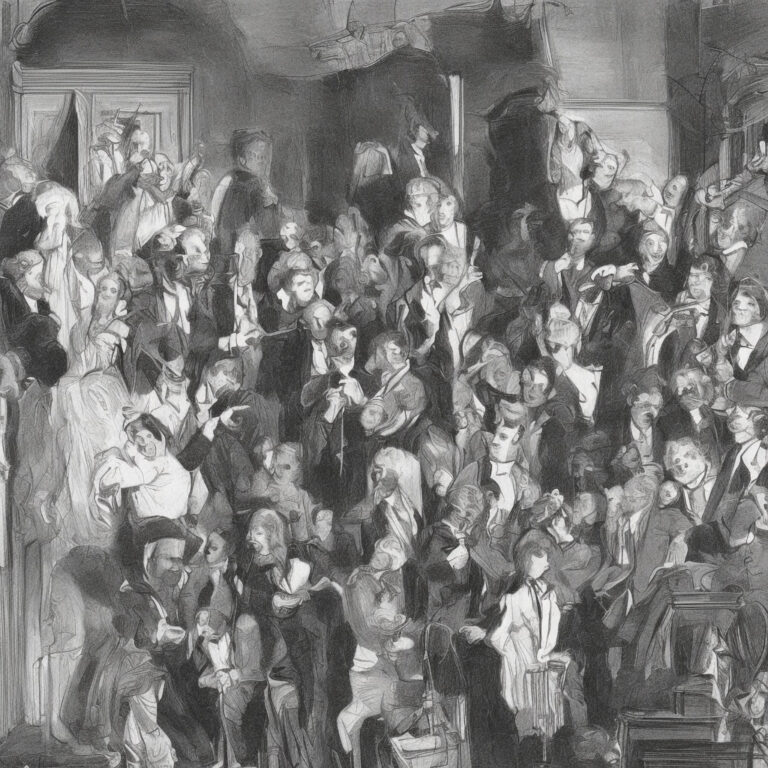
“Riders on the Storm” holds a significant place in the history of The Doors, as well as in popular culture. Released as a single in June 1971, it was the last song to feature legendary frontman Jim Morrison before his untimely passing. The track, which can be found on their sixth studio album, “L.A. Woman,” stands as a testament to the band’s creative genius.
Over the years, “Riders on the Storm” has graced various charts and received numerous accolades. The song peaked at number 14 on the Billboard Hot 100 chart, and even after all these years, it remains one of the band’s most popular tracks. In fact, Rolling Stone placed it at number 371 on their list of “The 500 Greatest Songs of All Time” in 2004, further cementing the song’s legacy in the annals of rock music history.
Beyond its success on the charts, “Riders on the Storm” has also become a fixture in film, television, and video games. It has been featured in several movies, including “The Lost Boys” (1987), “Chasers” (1994), “Desperado” (1995), and “Girl, Interrupted” (1999). The song has also made its way onto the small screen with appearances in TV shows such as “Entourage” and “The Sopranos.” Gamers may recognize the ominous track from the 2003 game “Need for Speed: Underground 2,” creating an immersive driving experience for players.
As with any iconic track, “Riders on the Storm” has inspired a slew of cover versions by various artists over the years. Notable renditions include a haunting version by New Wave band Annabel Lamb in 1983, an electro-infused take by Infected Mushroom in 2007, and a collaboration between Snoop Dogg and The Doors in 2005, which was also featured in “Need for Speed: Underground 2.”
While this section has shared the accolades, appearances, and cover versions of “Riders on the Storm,” it barely scratches the surface of the song’s impact on the music world and popular culture. The hypnotic tune continues to be a timeless classic that resonates with generations of music lovers, ensuring that the legacy of The Doors and Jim Morrison will never fade away.
Dissecting the Storm: A Dive into Musicality
When it comes to the musical structure of “Riders On The Storm,” it’s hard not to be impressed by the band’s ability to create such an atmospheric and haunting soundscape. The song is written in the key of E Dorian, which is a minor scale that lends itself well to the dark and moody tone of the piece. The Dorian mode is derived from the major scale and is the second mode in the diatonic scale system. This particular choice of scale gives the song its distinct and eerie quality.
The chord structure in “Riders On The Storm” is relatively simple, yet effective in creating a sense of tension and release. The main chord progression consists of Em9 – A6/9 – Bm7 – A6/9 repeated throughout the song. During the verses, the chords are played in a more staccato fashion, providing a rhythmic backdrop for Jim Morrison’s spoken-word poetry. In contrast, the chorus features the chords being played with a more legato feel, which complements the sung melody and adds to the overall hypnotic effect.
One of the most notable aspects of the song’s musical structure is its tempo. Maintaining a steady pace of 122 beats per minute, the rhythm section provides a driving force that propels the song forward, much like the metaphorical journey described in the lyrics. The combination of John Densmore’s syncopated drum pattern, which emulates the sound of raindrops, and Ray Manzarek’s Rhodes piano creates a mesmerizing groove that lingers in the listener’s mind long after the song has ended.
The interplay between the instruments is also worth mentioning, as each member of the band contributes to the song’s unique atmosphere. Guitarist Robby Krieger employs a clean and reverb-heavy tone, using arpeggiated chords and melodic lines to add depth and texture to the arrangement. His iconic guitar solo, which occurs around the 2:30 mark, showcases his ability to evoke emotion in his playing while maintaining a sense of restraint.
In conclusion, the musical structure of “Riders On The Storm” showcases The Doors’ ability to create an immersive listening experience that transports the listener to a different time and place. The choice of key, chord progression, tempo, and the interplay between band members all contribute to the song’s enduring appeal and its place in the annals of rock history.

